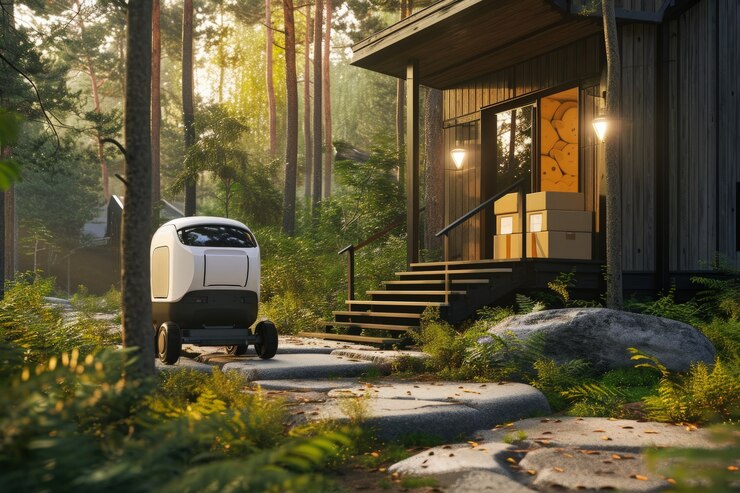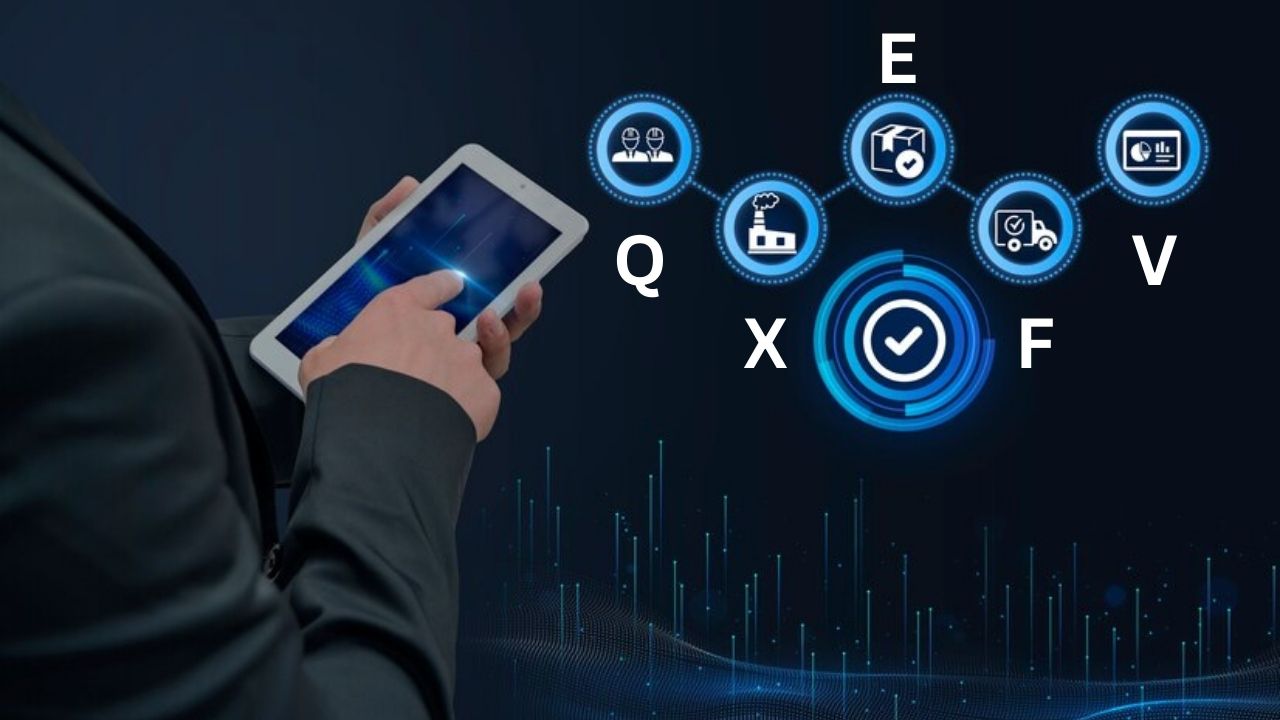The evolution of artificial intelligence (AI) has left no stone unturned, permeating industries as diverse as healthcare, education, transportation, and now, janitorial services. Enter Janitor AI—an emerging frontier in the cleaning industry that combines AI-driven robotics, automation, and data-driven insights to revolutionize how we maintain cleanliness in public spaces, offices, and homes. With its impressive ability to handle repetitive cleaning tasks efficiently and consistently, Janitor AI is set to redefine the future of janitorial services.
In this article, we delve into how Janitor AI is transforming the cleaning industry, the benefits it brings, its technological foundation, and the implications for the future of work in this critical sector.
Introduction to Janitor AI: What is it?
Janitor AI refers to the application of artificial intelligence in janitorial and cleaning tasks, utilizing robots, machine learning algorithms, and smart automation to clean and maintain various environments efficiently. These systems are designed to perform a wide range of tasks, from basic sweeping and vacuuming to more advanced functions like disinfecting surfaces, waste management, and even monitoring the cleanliness of public facilities.
Janitor AI technology incorporates sensors, AI algorithms, and robotics to deliver high levels of precision and consistency. By automating routine cleaning tasks, this innovative technology reduces human labor requirements, ensures uniform cleanliness, and minimizes errors. In essence, Janitor AI takes the burden off human cleaners and allows them to focus on more complex tasks that require judgment and attention to detail.
The Role of Artificial Intelligence in Janitorial Automation
Artificial intelligence in janitorial services extends beyond simple automation. It leverages machine learning algorithms, robotics, and the Internet of Things (IoT) to optimize and improve cleaning processes in real time. Here’s how AI is applied in janitorial automation:
- Robotics: Robots equipped with AI can perform tasks like sweeping, mopping, and vacuuming without human intervention. These robots can navigate complex environments, avoid obstacles, and adapt to new spaces.
- Machine Learning: AI-driven systems can analyze data from previous cleaning sessions, allowing them to learn the most efficient routes and methods for specific environments. This reduces the time spent on each task and improves overall cleanliness.
- Predictive Maintenance: Janitor AI systems can monitor the condition of a facility and predict when cleaning or maintenance is needed based on foot traffic, environmental factors, or specific time intervals. This proactive approach ensures that facilities are cleaned before they reach unacceptable levels of dirt or wear.
- Real-time Monitoring: With IoT-enabled sensors, AI-powered janitorial systems can monitor air quality, detect spills, or identify areas that need immediate cleaning. This leads to a more responsive and efficient cleaning operation.
Benefits of Janitor AI in Modern Cleaning Services
Janitor AI brings a host of benefits that make it an attractive option for facilities management, businesses, and residential spaces. These benefits are shaping the way we think about cleanliness and maintenance:
- Efficiency and Consistency: AI-powered janitorial robots work tirelessly, ensuring that cleaning is done consistently, day after day. They follow pre-programmed routes and adapt to new environments with ease, reducing human error and ensuring every area is properly cleaned.
- Cost Savings: While the initial investment in Janitor AI may seem high, the long-term savings are substantial. By reducing the need for human labor and minimizing cleaning supplies and water usage through efficient systems, companies can cut costs significantly over time.
- 24/7 Operation: Unlike human workers, janitor AI systems can work around the clock without needing breaks or time off. This ensures that high-traffic areas or facilities requiring constant cleaning, like hospitals or airports, maintain the highest levels of cleanliness at all times.
- Improved Hygiene and Sanitation: AI-driven cleaning systems ensure meticulous cleaning by reaching areas that might be overlooked by human cleaners. Moreover, they use precise amounts of cleaning products, reducing waste and ensuring surfaces are sanitized properly, which is particularly important in medical facilities, schools, and other high-risk environments.
- Data-Driven Insights: Janitor AI systems collect data over time, offering insights into cleaning patterns, peak usage times, and areas that require more frequent cleaning. This data can be used to optimize the cleaning process, allocate resources more effectively, and even reduce energy consumption.
- Environmental Benefits: Many Janitor AI systems are designed to be eco-friendly, using less water, energy, and cleaning products. Their precision ensures that no excess waste is produced, aligning with sustainability goals and reducing the overall environmental impact of cleaning operations.
Key Technologies Behind Janitor AI
The development of Janitor AI is a testament to the integration of cutting-edge technologies in everyday tasks. Some of the key technologies that power Janitor AI systems include:
- Robotic Process Automation (RPA): Robotics forms the backbone of Janitor AI, with machines capable of performing a variety of cleaning tasks autonomously. These robots are equipped with sensors and AI algorithms that allow them to navigate spaces, avoid obstacles, and perform their functions efficiently.
- Artificial Intelligence and Machine Learning: These technologies enable janitor AI systems to learn from their cleaning routines, adapt to new environments, and optimize their cleaning processes over time. AI algorithms also help the systems predict cleaning needs based on historical data.
- Internet of Things (IoT): IoT sensors are embedded in Janitor AI systems to monitor the cleanliness of spaces, detect spills, measure air quality, and even identify areas that need extra attention. These sensors communicate in real time, ensuring that cleaning is done when and where it’s needed most.
- Cloud Computing: Many Janitor AI systems are connected to cloud platforms, where data is stored, analyzed, and used to improve operations. This allows facility managers to monitor the performance of AI janitors remotely, making adjustments as necessary.
Janitor AI in Various Industries
The applications of Janitor AI extend across multiple industries, each benefiting from the automation and efficiency that AI-driven systems provide. Here’s how different sectors are integrating Janitor AI into their operations:
- Healthcare: Hospitals, clinics, and healthcare facilities require the highest levels of hygiene to prevent the spread of infections. Janitor AI ensures that critical areas are consistently cleaned and sanitized, meeting strict health standards. Robots equipped with UV-light technology can also disinfect rooms, reducing the risk of contamination.
- Hospitality: Hotels and resorts are turning to Janitor AI for housekeeping tasks, such as cleaning lobbies, corridors, and guest rooms. AI-driven cleaning systems provide a consistent level of cleanliness and can work efficiently during non-peak hours without disturbing guests.
- Commercial Office Spaces: Office buildings and coworking spaces are implementing AI-driven cleaning robots to maintain cleanliness in shared spaces, restrooms, and high-traffic areas. These systems can also collect data to inform facility managers about which areas need more frequent attention.
- Educational Institutions: Schools, universities, and educational centers are using Janitor AI to keep classrooms, hallways, and communal areas clean. Given the high foot traffic in these environments, AI janitors ensure that facilities remain clean and conducive to learning.
- Airports and Transportation Hubs: With thousands of passengers passing through every day, airports are ideal candidates for Janitor AI. These systems help maintain cleanliness in terminals, restrooms, and lounges, ensuring a comfortable environment for travelers.
The Future of Janitor AI: Will Human Workers Be Replaced?
A common question surrounding the rise of Janitor AI is whether it will replace human cleaners. While AI can handle many repetitive and routine tasks, human cleaners will still be essential for tasks that require decision-making, problem-solving, and personal interaction. Instead of replacing human workers, Janitor AI can complement them by handling monotonous chores, freeing up human janitors to focus on more complex tasks, such as maintenance and customer service.
Moreover, the increased efficiency of AI cleaning systems can lead to better working conditions for human janitors, reducing the physical strain and labor-intensive aspects of the job. As AI continues to advance, we are more likely to see a collaborative approach where AI systems and human workers coexist, each handling different aspects of cleaning and maintenance.
Challenges Facing Janitor AI Adoption
While Janitor AI offers immense potential, there are still some challenges that may slow its adoption:
- Initial Costs: The cost of purchasing and implementing AI-driven cleaning systems can be high, making it difficult for smaller businesses or institutions with limited budgets to adopt the technology.
- Training and Integration: Even with AI, human oversight is still needed to ensure systems are properly programmed and monitored. Facility managers and cleaning staff may need to be trained in how to work alongside these technologies.
- Maintenance of AI Systems: Just like any technology, AI janitors require regular maintenance to function correctly. If a system breaks down, it could disrupt cleaning schedules, highlighting the importance of having backup solutions or maintenance teams in place.
FAQs
What is Janitor AI?
Janitor AI refers to the use of artificial intelligence and robotics in janitorial and cleaning services, allowing for automated, efficient, and consistent cleaning.
Can Janitor AI replace human cleaners?
While Janitor AI can handle many repetitive tasks, it is unlikely to fully replace human cleaners. Instead, it complements human workers by automating routine tasks, freeing them to focus on more complex responsibilities.
How does Janitor AI work?
Janitor AI uses robotics, machine learning, and IoT sensors to navigate spaces, clean surfaces, and collect data on cleanliness. These systems learn over time, optimizing their routes and tasks for better efficiency.
What industries are using Janitor AI?
Industries like healthcare, hospitality, education, and transportation hubs are increasingly adopting Janitor AI to maintain cleanliness and sanitation in high-traffic areas.
Is Janitor AI eco-friendly?
Many Janitor AI systems are designed to use resources like water and cleaning products efficiently, reducing waste and aligning with sustainability goals.
What are the benefits of Janitor AI?
Janitor AI improves efficiency, reduces labor costs, ensures consistent cleaning quality, operates 24/7, and provides data-driven insights for better resource management.
Conclusion
Janitor AI represents a significant leap forward in the cleaning industry, offering automation, efficiency, and sustainability in maintaining our spaces. Whether in hospitals, airports, or commercial offices, the introduction of AI-powered cleaning systems will continue to shape the future of cleanliness, creating environments that are safer, more hygienic, and more efficiently managed. The rise of Janitor AI is not about replacing human workers, but about complementing their efforts, allowing them to focus on the tasks that require human intuition and care.











